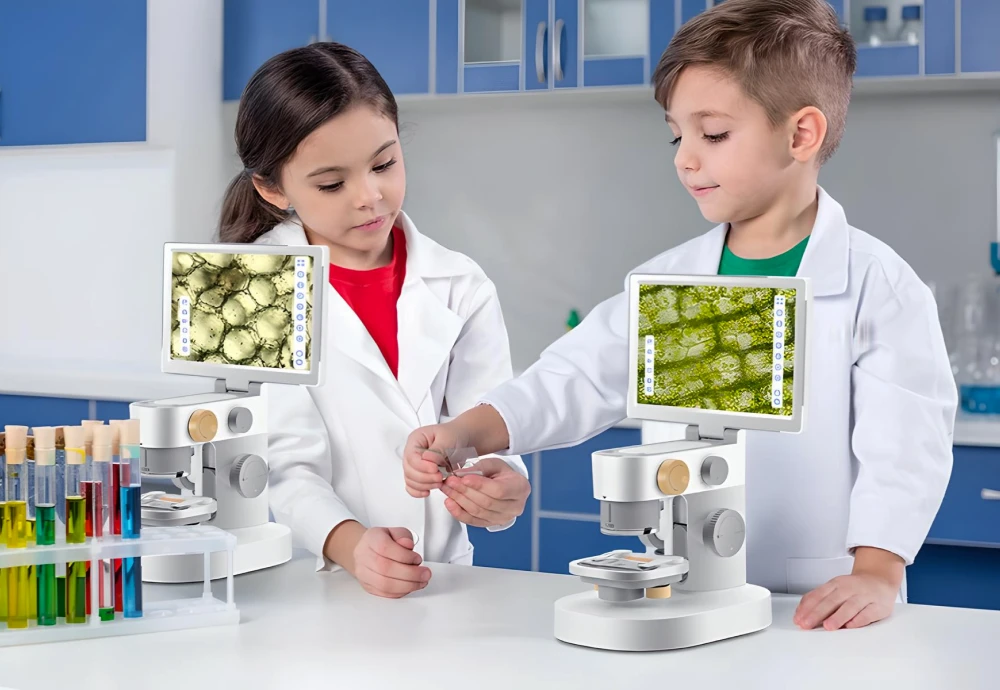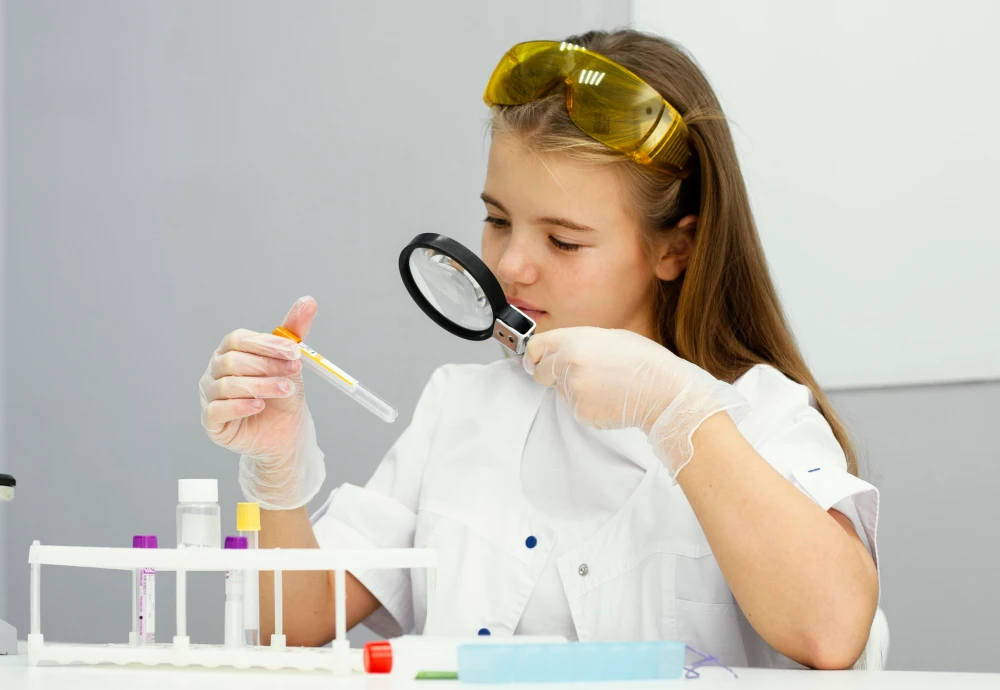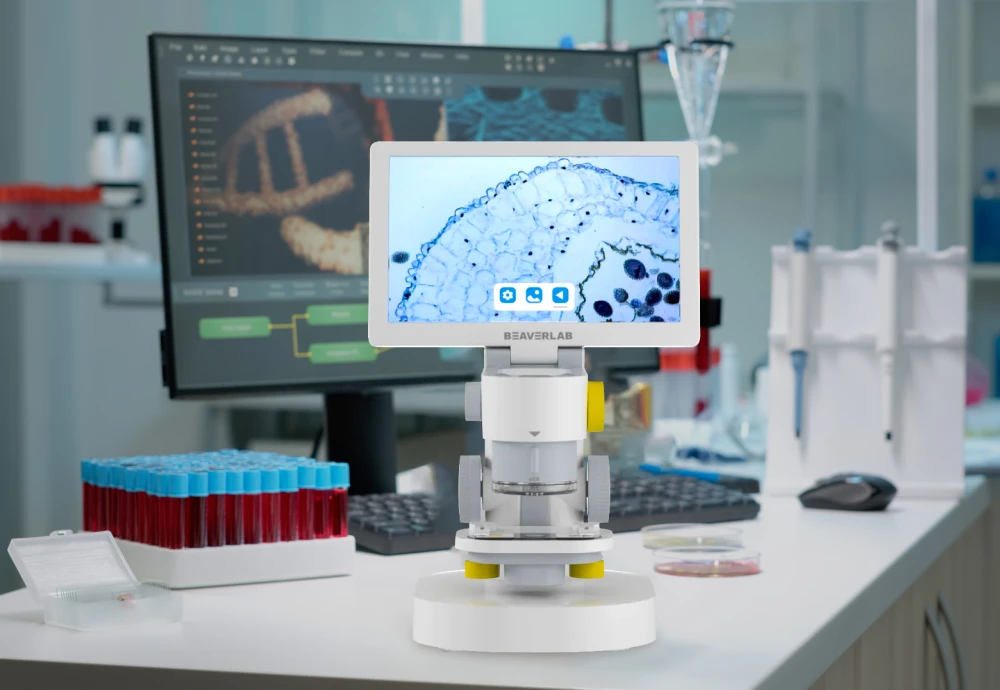Exploring the Digital Realm: How to Connect Your Microscope to Computer

In today’s technologically advanced world, having the ability to connect your digital microscope to a computer opens up an entirely new realm of possibilities. Whether you’re using it for scientific research or simply exploring your surroundings on a microscopic level as part of a hobby, these modern devices offer incredible insights into the unseen world around us.
The Power of Connecting Your Digital Microscope To A Computer

The Touchscreen Digital Microscope allows you not only view minute details but also capture images and videos for future reference or sharing. This feature turns your device into an essential tool for educators who want their students immersed in interactive learning experiences.
Tips And Tricks For Maximizing The Use Of Your Digital Microscope
To make sure that you are getting the most out of your digital microscope when connecting it to your computer, ensure that both devices have compatible software installed. Always follow manufacturer’s instructions carefully during setup and operation – this will help avoid potential issues down the line. Lastly, remember regular maintenance keeps any device performing at its best!
Benefits Of Using A Digital Microscope Connected To A Computer

A digital microscope linked with a computer provides numerous benefits over traditional models. It allows for real-time observation of samples, easy sharing and storage of images or videos, and enhanced image clarity with the aid of computer software.
Latest Trends In Digital Microscopy
Trends in digital microscopy are constantly evolving as technology advances. High-resolution imaging, 3D reconstruction, and live cell imaging are just a few examples. These advancements make it easier than ever to connect your digital microscope to your computer, enhancing both the user experience and the quality of results obtained.
Analyzing The Process To Connect Your Digital Microscope To A Computer
Connecting the Touchscreen Digital Microscope to your computer is typically straightforward process. First, you need to install any necessary software on your computer – this usually comes included with the microscope or can be downloaded from manufacturer’s website. Once installed, simply plug in your device using USB cable provided.
The Role Of A Digital Microscope In Various Fields
Digital microscopes connected to computers have found applications across diverse fields – from education where they enhance interactive learning experiences; research where detailed analysis can be conducted; hobbies that involve studying nature up close; even industries like electronics where these devices assist in precision work.
Choosing the Right Digital Microscope for Your Needs
When it comes to selecting a digital microscope that can connect to a computer, there are several factors you should. The first is resolution – higher resolution offers clearer and more detailed images. Second, consider the magnification range . Which determines how much your sample can be enlarged. Lastly, think about ease of use – this includes software compatibility with your computer as well as overall design and functionality.
Comparing Traditional And Digital Microscopes
The main difference between traditional microscopes and those designed to connect to computers lies in their method of viewing samples. Traditional models require users to look through an eyepiece while digital versions display images on a monitor allowing for easier observation and analysis.
The Future Of Digital Microscopy

The future of microscopy is undoubtedly digital. As technology continues advancing at rapid pace, we can expect even greater capabilities from our devices including improved image quality, increased ease-of-use thanks to intuitive software interfaces, and potentially even integration with artificial intelligence technologies for automated analysis.
Click here if you’re interested in learning more about how connecting a digital microscope could benefit you.
Incorporating elements like stunning crystal chandelier lighting or advanced robot vacuum cleaners into our daily lives has become commonplace due to advancements in technology. Here’s an article that talks about how such additions enhance living spaces aesthetically and functionally. Similarly, using a digital microscope that can connect to your computer is another step towards embracing the future.



















Leave a comment